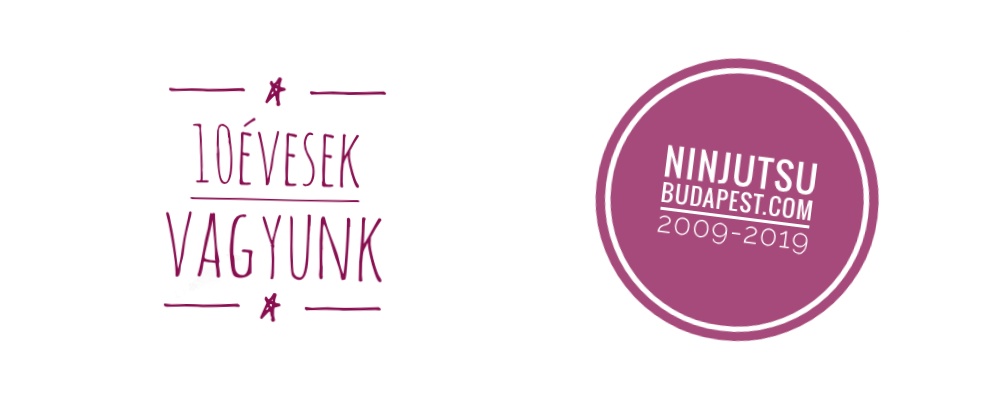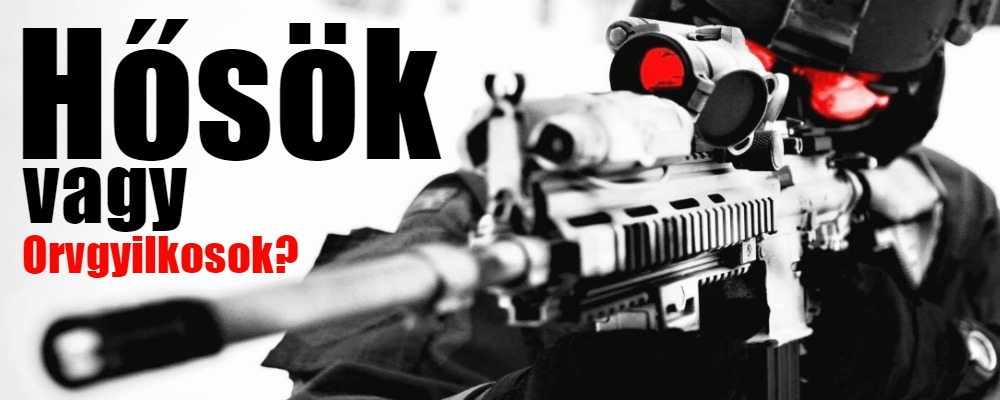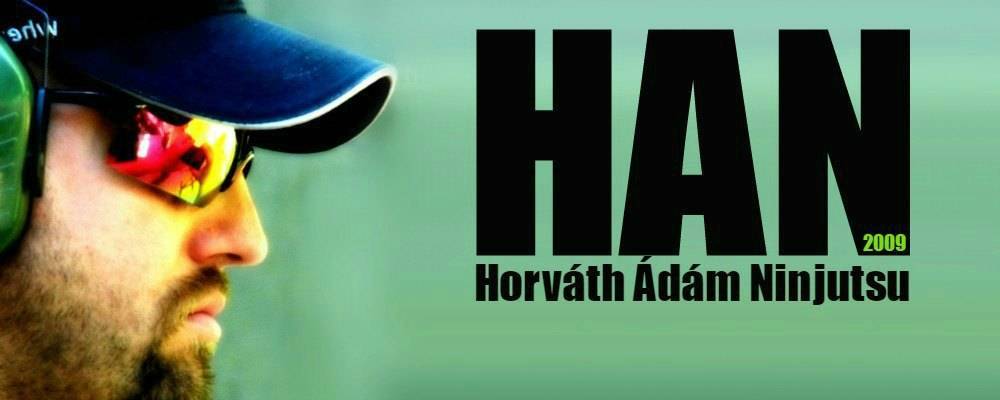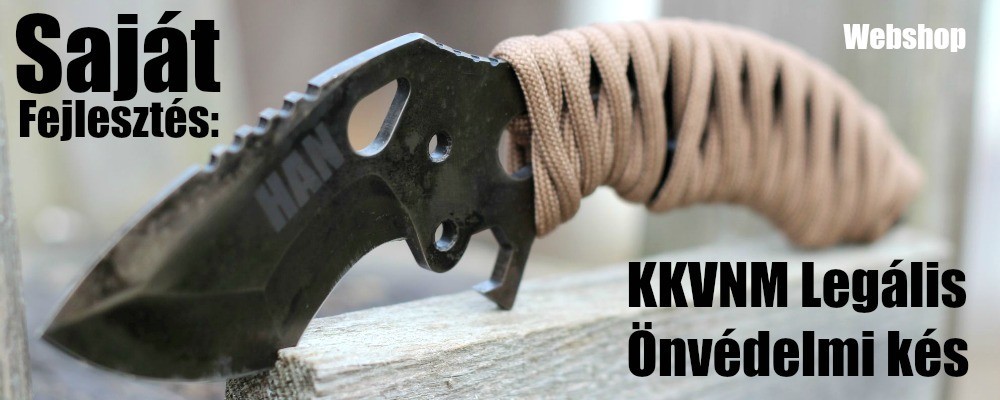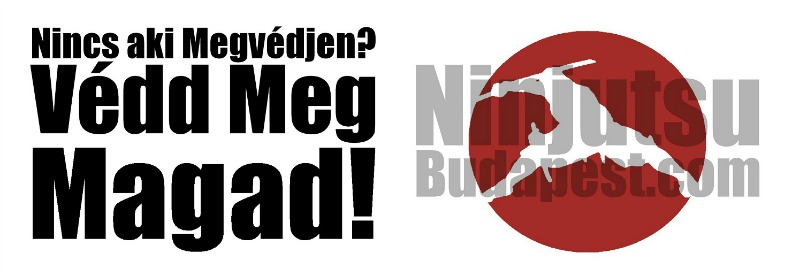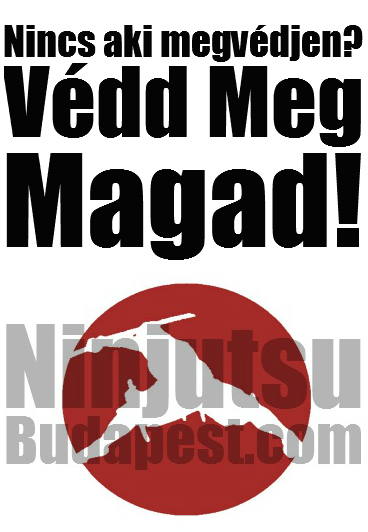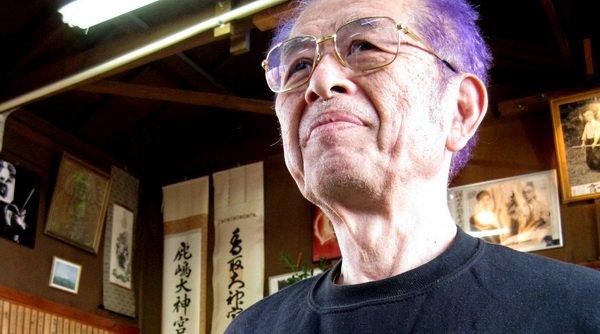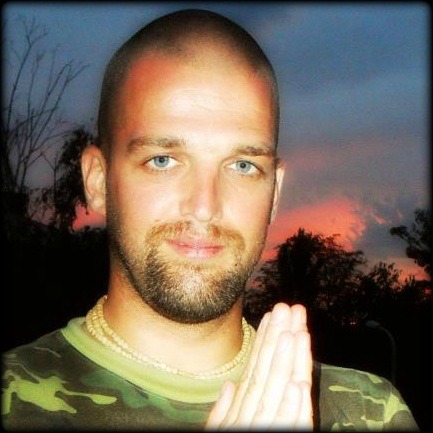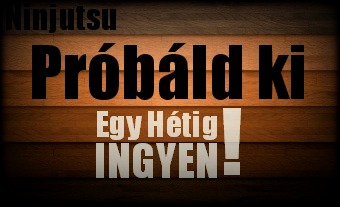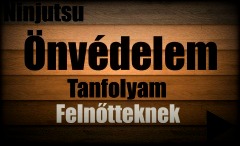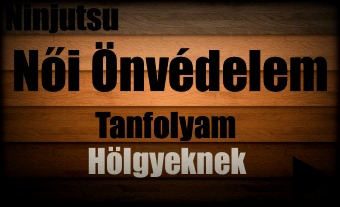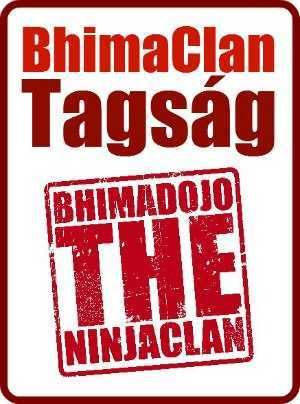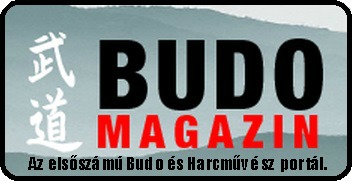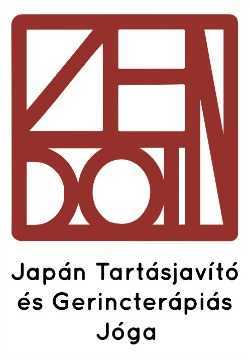
- Cím-térkép:
- Telefon: +36706144449
- Rólunk mondták:
- FILOZÓFIA Olvasd el
- BLOG
- KÉPEK VIDEÓK
- Ninjutsu Önvédelem
- KAPCSOLAT-Egyebek:
Posts Tagged harmónia
Hogyan segíthet a a taijutsu a fizikai szinten túli tulajdonságok fejlesztésében?
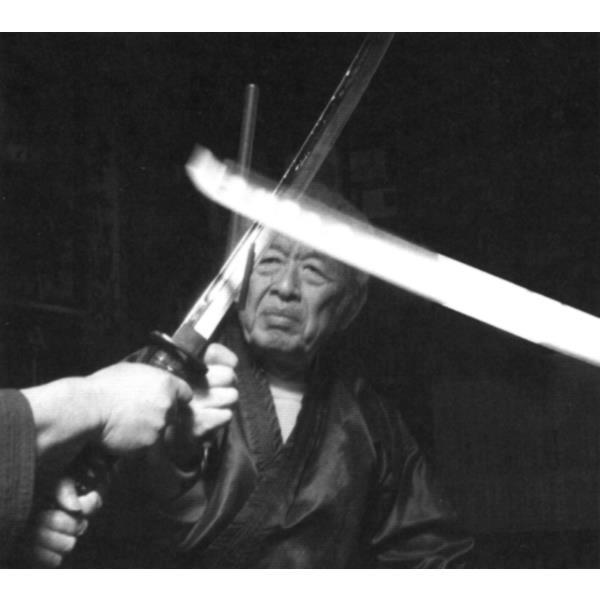 „A hangsúly nem igazán a testen túli apektusokon van, hanem inkább, hogy harmóniába hozzuk a taijutsu-t és a mentális, spirituális oldalát a személynek, mint a yin és yang. Ezzel, az ember képessé válik váltani erő és gyengédség, pozitív és negatív között. Ez lehet, hogy egy kicsit nehezen érthető, attól félek.
„A hangsúly nem igazán a testen túli apektusokon van, hanem inkább, hogy harmóniába hozzuk a taijutsu-t és a mentális, spirituális oldalát a személynek, mint a yin és yang. Ezzel, az ember képessé válik váltani erő és gyengédség, pozitív és negatív között. Ez lehet, hogy egy kicsit nehezen érthető, attól félek.
–
Szóval mi is a taijutsu akkor? Egyértelműen, fizikai mozgást jelent, de eleinte az ember azért mozog mert az elme – a tudatos elme – azt mondja a testnek, hogy egy bizonyos módon mozogjon.
–
Előbb, vagy utóbb, a tudatalatti átveszi ezt a funkciót, és az ember ösztönösebben kezd el mozogni. De persze az nem jó, ha a taijutsu mozdulatai egyszerű, kondicionált reflexekké válnak. Szóval ez a különbség. És van egy egyensúly a tudatos és tudatalatti taijutsu között, de a tudatalatti az, ami a fontosabb.”
–
How can taijutsu help in the development of aspects beyond the physical level?
–
„It’s not so much a question of aspects beyond the physical, but rather, the thing is to bring the taijutsu and the mental and spiritual side of a person into harmony, like yin and yang. With this, one can switch between power and gentleness, between positive and negative. This may be a little difficult to comprehend, I’m afraid.
–
So what is taijutsu, then? Obviously, it’s a matter of moving physically, but at the beginning one moves because the mind—the conscious mind—tells the body to move in a certain way.
–
Sooner or later, the subconscious takes over this function, and the person moves more instinctively. But of course it’s no good if the movements of taijutsu become mere conditioned reflexes. So there’s that difference. And there’s a balance between subconscious taijutsu and conscious taijutsu, but it is the subconscious taijutsu that is the more important.”
–
– Masaaki Hatsumi, The Grandmaster Book of Ninja Training
–
Még több kép és idézet Hatsumi senseitől, Katt ide.
Komolyan, hogyan lehet képes egy ember ilyen öreg korig edzeni, s mégis ilyen jó egészségben maradni?
„Hadd meséljek először is egy kicsit Takamatsu Sensei-ről. Mikor először találkoztam vele, az első dolog amit reggelente csinált felkelés után, az volt, hogy jól átdörzsölte magát hideg vízzel. Aztán mindíg gyakorlatoztatta a 20 kutyáját – spitz-ek voltak – , amiket tartott.
–
Elvitte őket sétálni minden nap. Sok tofu-t evett. Ami azt illeti, nagyon kiegyensúlyozott, de változatos étrendje volt, olyan ételeket evett, s olyan gyakorlatokat végzett, amik megfelelőek voltak a korának. De nem volt olyan mint az emberek az ő korában.Olyan gyorsan sétált, hogy minket hátra hagyott, s ezt mindennap megtette.
–
De, tudod, mostanában mindennap elmegyünk sétálni; egy pár ital után is járunk egyet. Az emberek általában aludni mennek ivás után, én azonban egy-, vagy kétórás sétákra megyek, s aztán ételnek csiszolatlan rizst eszek.
–
De térjünk vissza Takamatsu Senseire. Alacsony vérnyomása volt, úgyhogy mindíg mikor felkelt Yomeishu-t ivott(Egy japánban általánosan népszerű tonic, amibe különféle kínai győgynövények is vannak), s ezt egy pohár sósvíz követte – ez az idegei erősítésére.
–
Emellett, azokban a napokban legalábbis, hogy az ember hosszú ideig éljen és fiatal maradjon, a ten’i muho életét kellet élnie, azaz, egy tiszta, harmonikus, és természetes életet. Ez a ten’i muho koncepció szabadságot sugall, de ennek ellenére, ha ehhez a szabadsághoz a kulcsot nem értjük meg, a szabadság maga teljességben el van veszve. Ezt, szerintem fokozatosan megértitek majd.”
–
– Masaaki Hatsumi, A Ninja edzés nagymester-könyve
–
…
How, really, can a person train to such an old age and still be in such good health?
–
„Let me tell you first a little bit about Takamatsu Sensei. When I first met him, the first thing he used to do when he got up in the morning was give himself a friction rub with cold water. And then, he always used to exercise the twenty dogs—they were spitzes—that he kept.
–
He used to take them for walks every day. He would eat a lot of tofu. In fact, he used to have a very balanced but a very varied diet, eating food appropriate to his years, taking exercise suitable for his age. But he wasn’t like other people of his age. He used to walk fast enough to leave us behind, and this was something he did every day.
–
But, you know, we go walking now every day; after a few drinks also, we go for a walk. But people usually go to sleep after drinking, and this is no good for the health. So when ever I have been drinking, I go for one- or two-hour-long walks, and then, for food, I eat unpolished rice.
–
But, to get back to Takamatsu Sensei. He had low blood pressure, so he used to drink Yomeishu (A general tonic drink popular in Japan that contains some Chinese medicinal herbs) on getting up, and he would follow that with a cup of salt water—this was to strengthen his nerves.
–
And so, in those days at least, the way to live a long time and stay young was to live a life of ten’i muho, that is, a pure, harmonious, and natural life. This concept of ten’i muho implies freedom, but in spite of that, if the key to that freedom is not understood, the freedom itself is entirely lost. I think you’ll gradually come to understand that.”
–
– Masaaki Hatsumi, Grandmaster Book of Ninja Training
–
